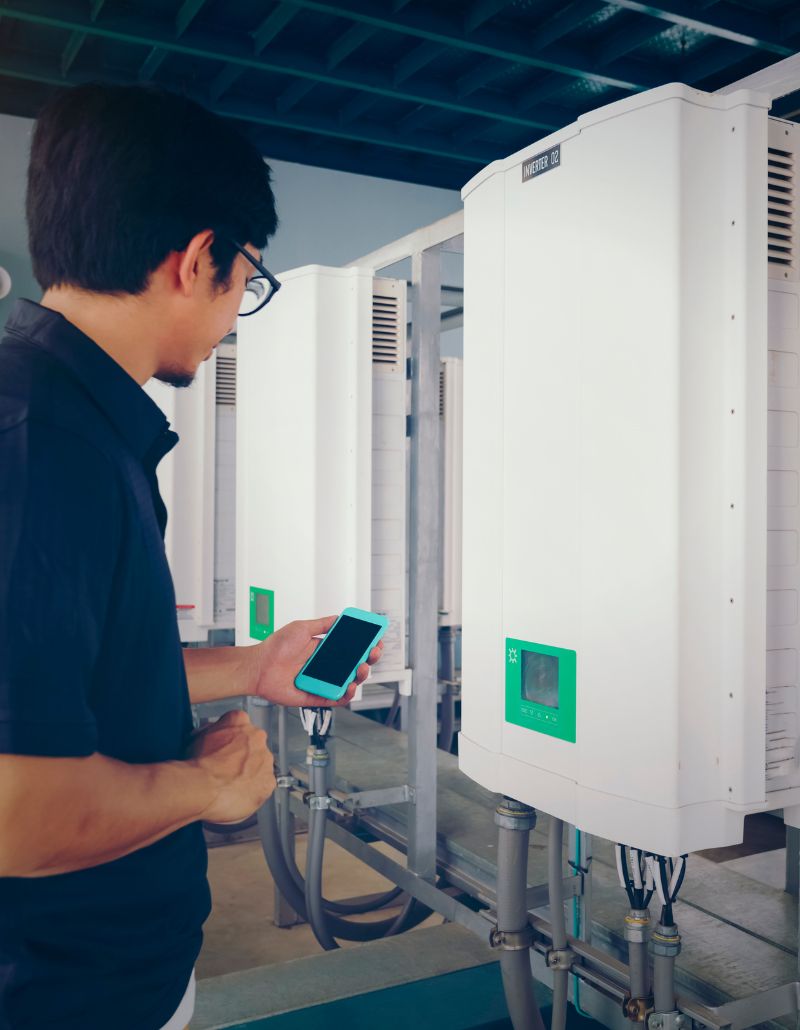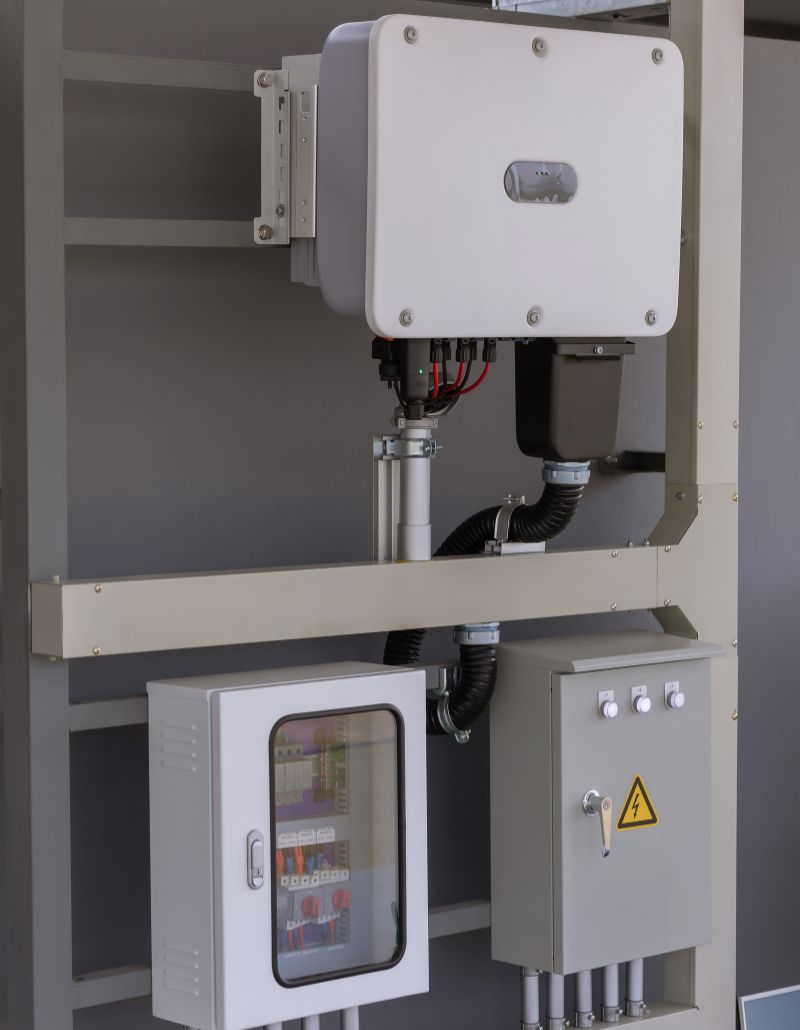Solar panels convert sunlight into electricity using photovoltaic (PV) cells. These cells contain semiconductor materials like silicon that generate an electric current when exposed to sunlight. This direct current (DC) is then converted into alternating current (AC) through an inverter, making it usable for homes and businesses. In Sri Lanka, with its tropical climate and abundant sunlight, solar panels have become an increasingly viable renewable energy source. The government encourages solar adoption through various incentives, making it easier for households to transition to clean energy. Understanding solar panel technology in Sri Lanka is crucial for maximizing energy production while reducing dependency on non-renewable sources.


Solar Panel Efficiency Ratings in Sri Lanka
The efficiency of solar panels is determined by their ability to convert sunlight into electricity. Standard panels have efficiency ratings ranging from 15% to 22%, with premium models exceeding 22%. The solar panel performance metrics in Sri Lanka depend on factors like temperature, shading, and panel type. Monocrystalline panels tend to be the most efficient, while polycrystalline panels offer a budget-friendly option. Thin-film panels, though less efficient, perform better in diffused sunlight. Given Sri Lanka’s high temperatures, selecting heat-resistant panels with lower degradation rates is essential for optimal performance and long-term savings.
Types of Solar Panels and Energy System Components
When considering types of solar panels in Sri Lanka, buyers can choose between monocrystalline, polycrystalline, and thin-film panels. Each type has its advantages in terms of cost, efficiency, and longevity. A complete solar energy system design in Sri Lanka includes PV panels, an inverter, a charge controller, and optional battery storage. High-quality inverters ensure stable power output, while advanced monitoring systems help users track energy production and consumption in real time. As Sri Lanka moves towards energy independence, selecting the right combination of components can significantly enhance system reliability and efficiency.
Solar Panel Installation Guide and Energy Storage Options
Proper installation is key to maximizing solar energy benefits. A solar panel installation guide in Sri Lanka involves site assessment, panel orientation, and structural considerations to withstand local weather conditions. Panels should be placed at an optimal tilt to receive maximum sunlight throughout the day. For energy security, solar energy storage options in Sri Lanka include lithium-ion and lead-acid batteries. Battery storage allows users to store excess energy generated during the day for use at night or during power outages. Hybrid systems, combining solar with grid power, offer an effective solution for uninterrupted electricity supply.
Solar Energy System Optimization and Long-Term Benefits
To ensure long-term efficiency, solar energy system optimization in Sri Lanka involves regular maintenance, cleaning panels to remove dust and debris, and monitoring energy output. Smart solar systems use AI-based tracking to adjust panel angles for optimal sunlight absorption. Government incentives and net metering policies make solar investment more attractive, allowing users to sell excess electricity back to the grid. With Sri Lanka’s increasing focus on renewable energy, investing in solar power contributes to both cost savings and environmental sustainability. By choosing the right panels and system components, households and businesses can significantly reduce their carbon footprint while enjoying long-term energy independence.